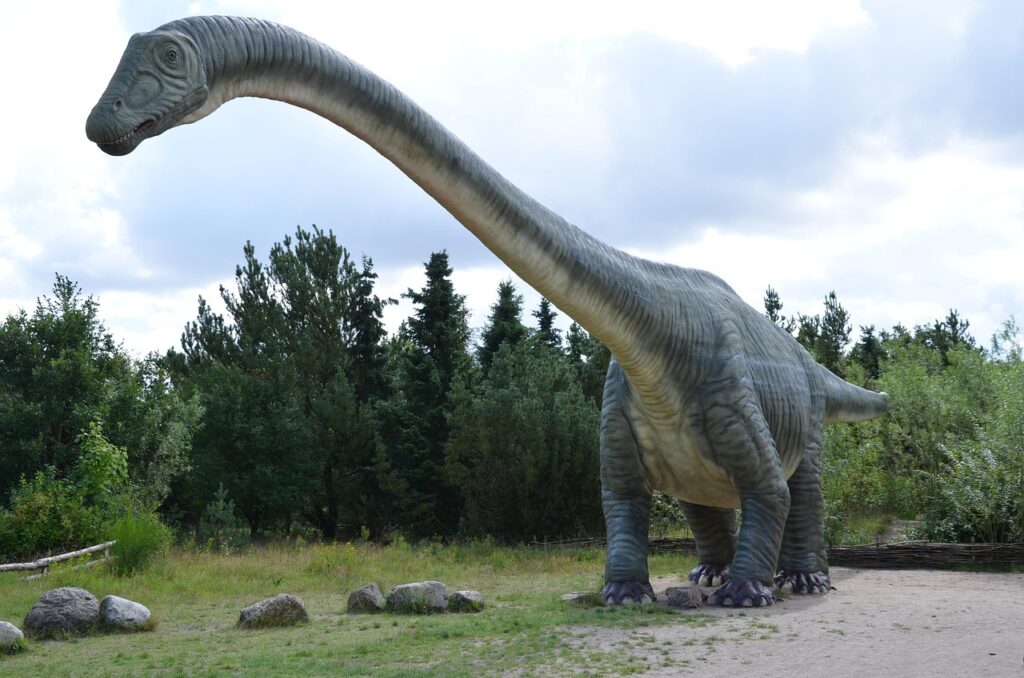Picture standing in the middle of the Sahara Desert, with endless golden dunes stretching in every direction under a scorching sun. The heat shimmers off the sand, and not a drop of water can be seen for hundreds of miles. Yet beneath your feet lies evidence of one of the most extraordinary transformations in Earth’s history. The world’s largest hot desert was once a vast ocean teeming with giant whales, monstrous sea snakes, and prehistoric marine reptiles the size of buses.
This isn’t science fiction or some wild theory. You can actually see the proof scattered across the desert floor in the form of ancient fossils that tell an incredible story of our planet’s watery past. Let’s dive into the fascinating world where deserts were seas and discover what these remarkable fossils reveal about the Sahara’s hidden aquatic history.
The Ancient Tethys Sea Beneath Your Feet
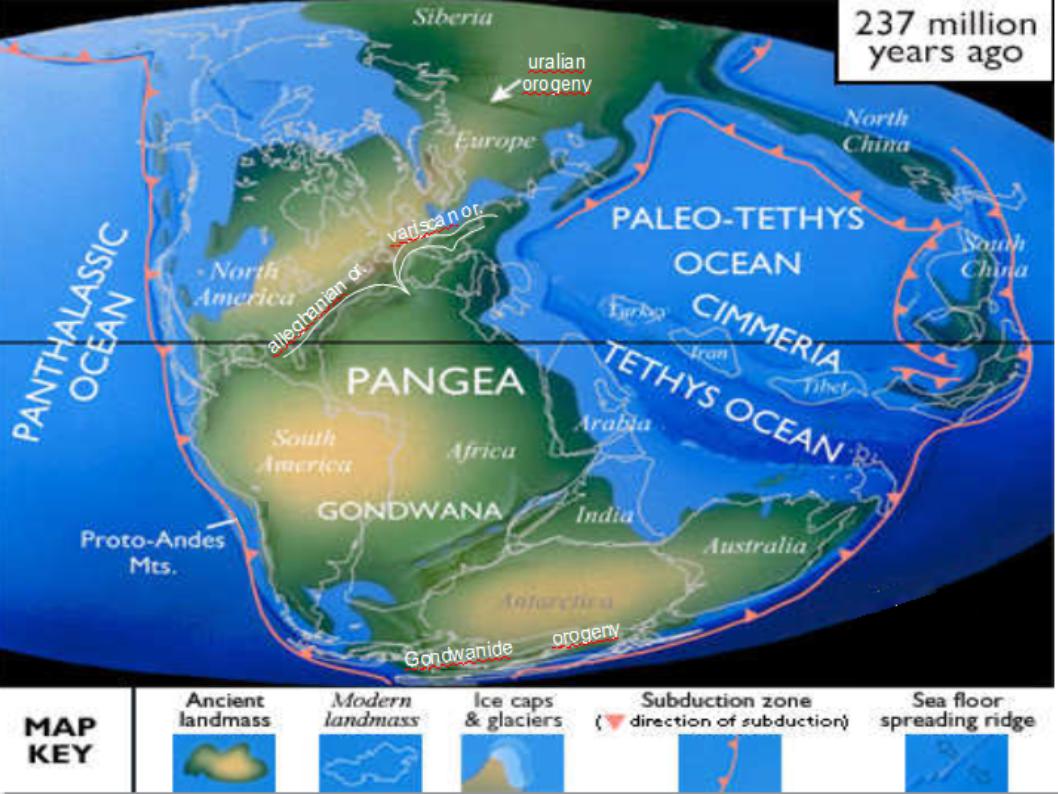
The region now holding the Sahara Desert was once under water, in striking contrast to the present-day arid environment. The ancient Trans-Saharan Seaway of Africa existed 50 to 100 million years ago in the region of the current Sahara Desert. Think about that for a moment. While dinosaurs roamed other parts of the world, warm tropical waters lapped at ancient shorelines where you now find only sand.
The Tethys Ocean was a prehistoric ocean during much of the Mesozoic Era and early-mid Cenozoic Era. It was the predecessor to the modern Indian Ocean, the Mediterranean Sea, and the Eurasian inland marine basins. This wasn’t just a small inland sea, but a massive body of water that stretched across continents. The scale is almost impossible to imagine when you’re standing in today’s arid landscape.
Giants That Once Ruled These Ancient Waters
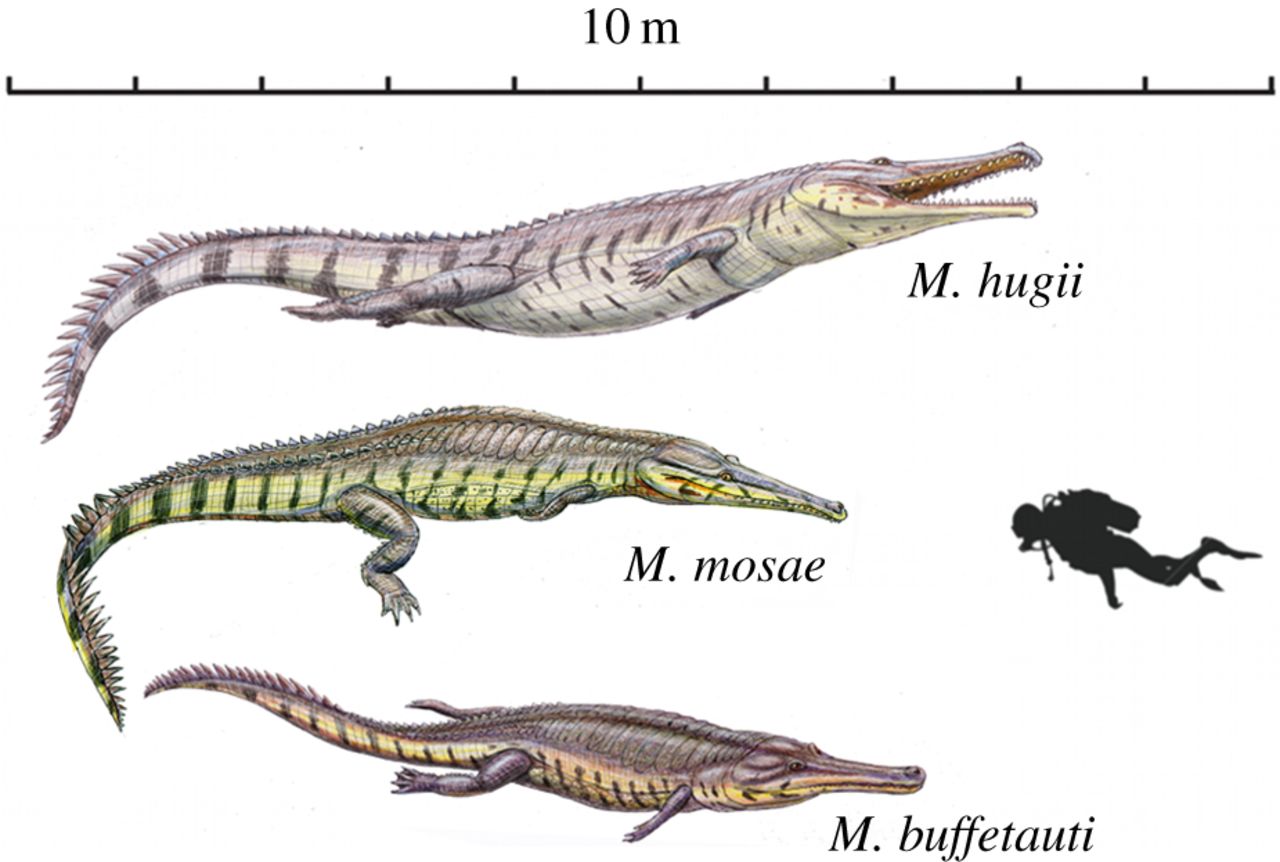
In 2014, paleontologists discovered the remains of one of the biggest crocodiles ever found. Named Machimosaurus rex, this prehistoric beast was twice the size of any crocodiles seen today. It would have weighed at least 2,993 kilograms (6,600 lb) and been around 9.8 meters (32 ft) long. Imagine encountering such a monster in what you now think of as empty desert.
Fossils found on the expeditions indicate that the sea supported some of the largest sea snakes and catfish that ever lived, extinct fishes that were giants compared to their modern-day relatives, mollusk-crushing fishes, tropical invertebrates, long-snouted crocodilians, early mammals and mangrove forests. These weren’t ordinary creatures by any stretch. The body of water was warm and shallow and was home to five-foot-long catfish and 40-foot-long sea snakes. Such massive proportions seem almost mythical when discovered in today’s desert setting.
The Valley of the Whales – A Desert Graveyard
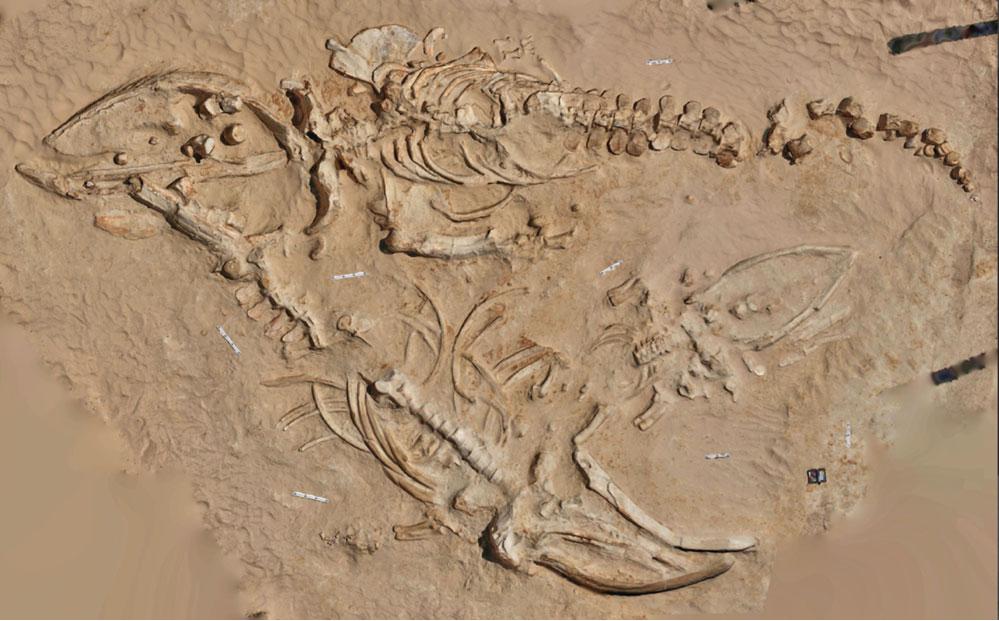
Egypt’s Wadi El-Hitan, or Valley of the Whales, was once covered with water and is now home to many ancient fossils of primitive whales. Egypt’s Whale Valley holds more than 400 primitive whale skeletons that offer a snapshot of the evolution of these creatures from land-based to marine animals. You can literally walk among the bones of ancient whales scattered across the desert floor.
These fossils represent one of the major stories of evolution: the emergence of the whale as an ocean-going mammal from a previous life as a land-based animal. The remarkable thing is that the valley holds hundreds of primitive whale skeletons, some of which have “feet”. These transitional fossils show whales at a crucial point in their evolution, when they still possessed hind limbs with actual toes.
Swimming Dinosaurs in Desert Sands
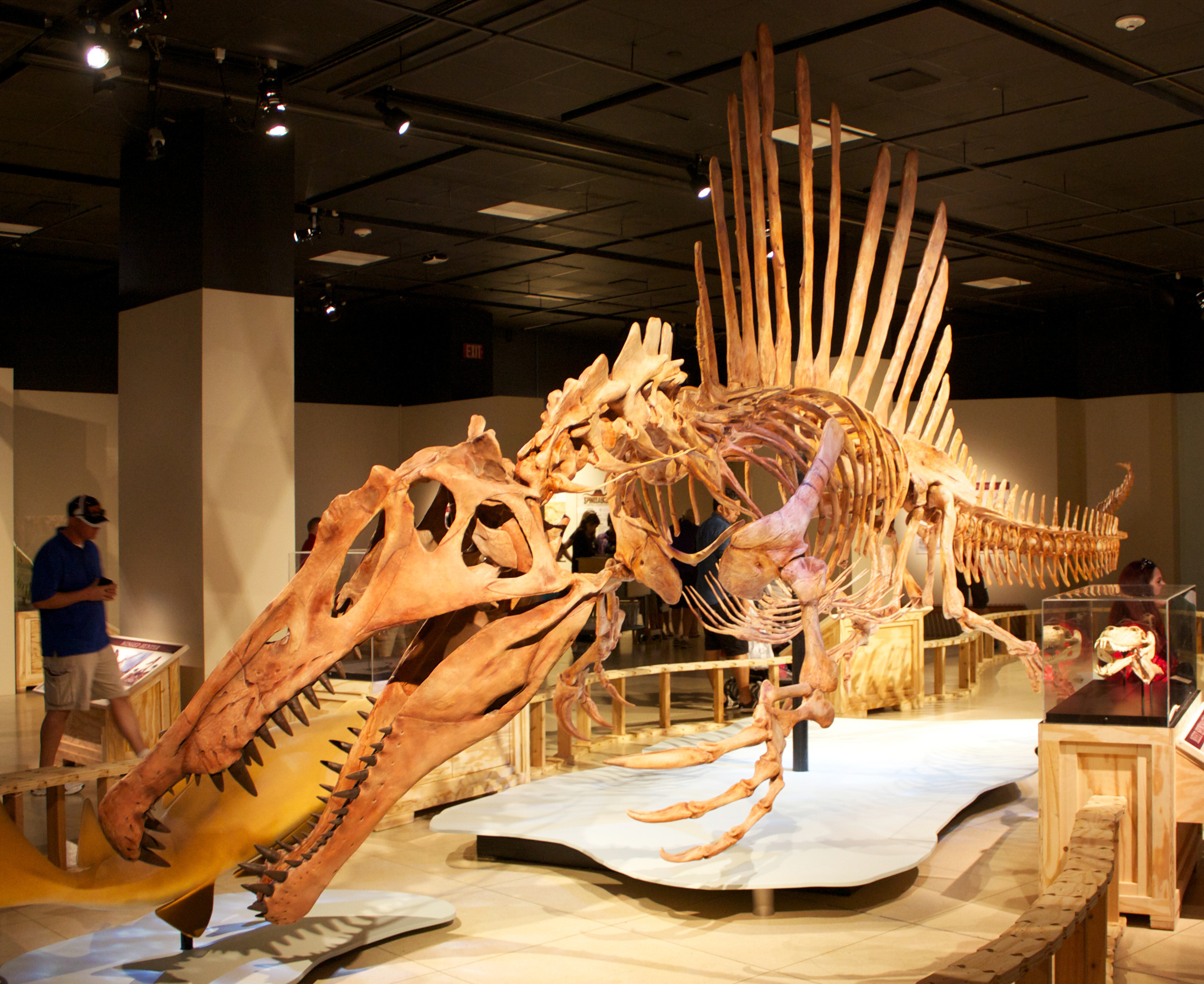
Spinosaurus is well-known in the scientific community as one of the largest carnivorous dinosaurs to have ever lived. One giant fossil unearthed in 2014 in the Sahara Desert has given scientists an unprecedented look at the creature. The 95-million-year-old remains confirmed a theory that this is the first swimming dinosaur that we know of. This discovery completely changed how scientists think about dinosaurs.
Scientists say that the beast had flat, paddle-like feet and nostrils on top of its crocodilian head that would allow it to submerge with ease. Other ancient creatures that lived in the water, such as the plesiosaur and mosasaur, were marine reptiles rather than dinosaurs, making Spinosaurus the only known semiaquatic dinosaur. Finding evidence of a swimming dinosaur in the middle of the world’s hottest desert feels like discovering aliens on Earth.
Plesiosaurs in Ancient Rivers

Fossils of small plesiosaurs, long-necked marine reptiles from the age of dinosaurs, have been found in a 100-million year old river system that is now Morocco’s Sahara Desert. This discovery suggests some species of plesiosaur, traditionally thought to be sea creatures, may have lived in freshwater. These findings challenge everything scientists thought they knew about these prehistoric reptiles.
They hint that these creatures routinely lived and fed in freshwater, alongside frogs, crocodiles, turtles, fish, and the huge aquatic dinosaur Spinosaurus. These fossils suggest the plesiosaurs were adapted to tolerate freshwater, possibly even spending their lives there, like today’s river dolphins. The diversity of life in these ancient waterways rivals anything found in modern tropical rivers.
Billion-Year-Old Colors Hidden in Rock
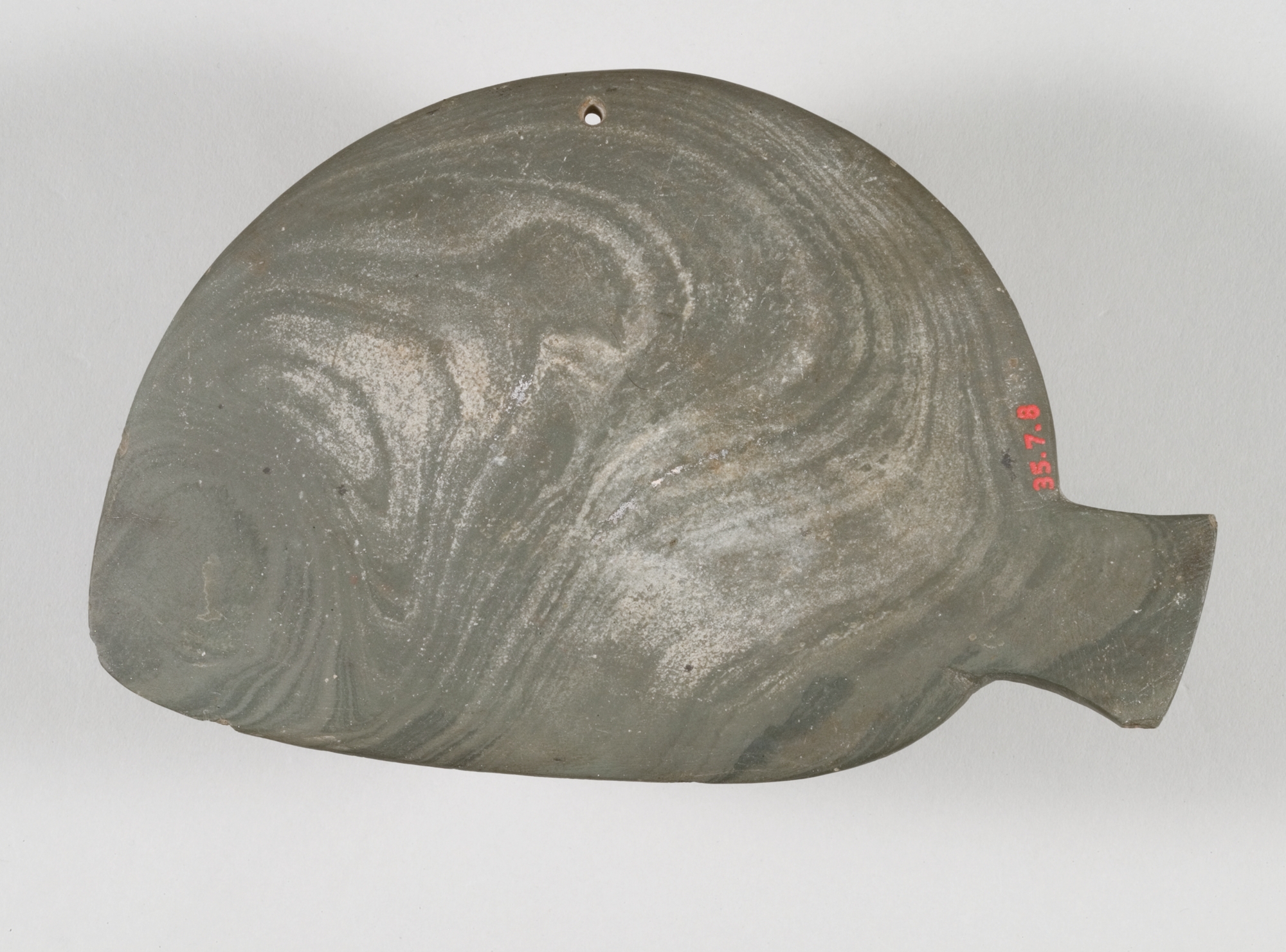
A team of scientists discovered the oldest color in the geological record beneath the Sahara Desert in 2018. The excavated fossils appeared to have a variety of colors. Originally green, the fossils became bloodred to deep purple in their concentrated form. However, once diluted, the fossils revealed a bright pink pigment in an oil form. This bright pink pigment is believed to be 1.1 billion years old.
The ancient pigment was extracted from marine black shales of the Taoudeni Basin in Mauritania, West Africa. The pigment resulted from molecular fossils of chlorophyll that were processed by ancient photosynthetic organisms that used to rule the oceans. You’re looking at colors that existed when Earth’s oceans were still dominated by microscopic life, long before any complex animals had evolved.
How an Ocean Became a Desert
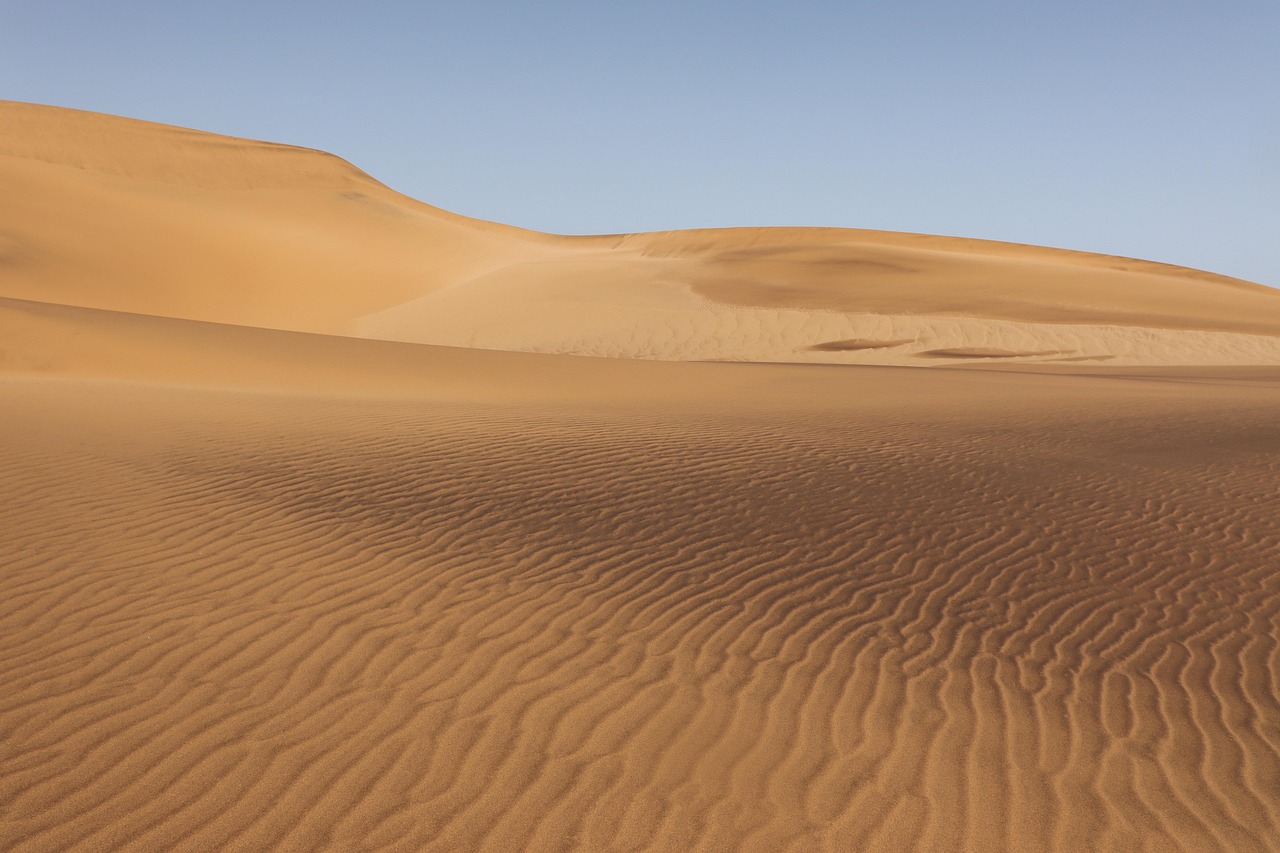
Over millions of years, the African and Eurasian tectonic plates collided, causing the Tethys Sea to shrink and eventually vanish. As the continents shifted and mountains rose, the climate grew drier, and the ocean slowly receded. This transformation didn’t happen overnight but took place over geological time scales that dwarf human history.
The Saharan Desert’s formation was a complex process occurring over millions of years as the ancient Tethys Sea, the forerunner of the Mediterranean Sea, shrank. As the Tethys gradually shrank and exposed more land, this moisture transport slowed to a crawl and less rain fell on the Sahara. Over time, the rainless region transformed into a desert. What once supported massive marine ecosystems gradually became one of the harshest environments on Earth.
Fossilized Evidence of Marine Giants
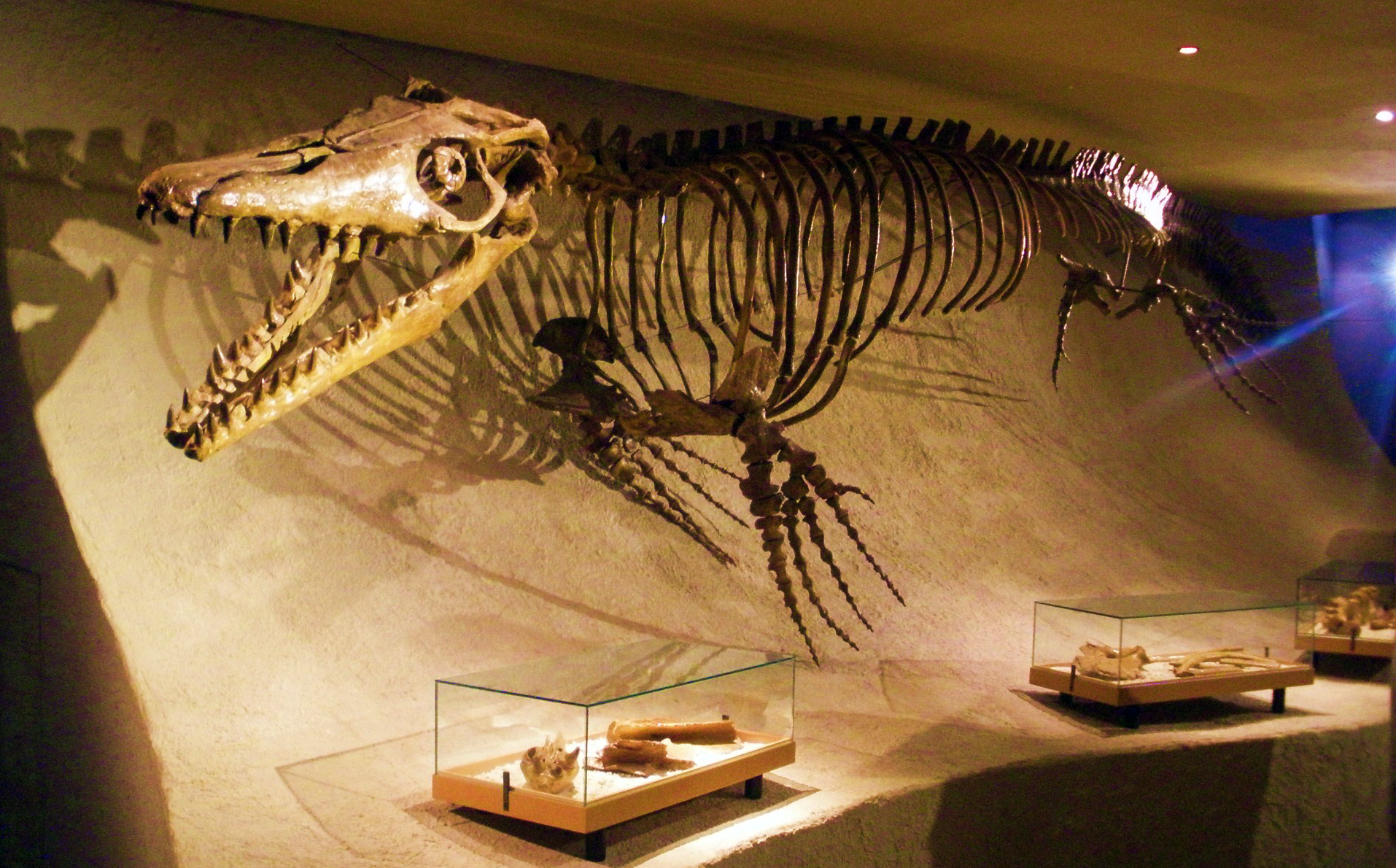
Evidence for the Sahara’s marine past includes extensive fossils of giant marine reptiles (like mosasaurs and plesiosaurs), ancient sharks, fish, ammonites, mollusks, and large phosphate deposits found across the region. These aren’t just isolated finds but widespread evidence scattered across thousands of square miles of desert.
In places like Egypt’s Fayum Depression and Morocco’s Kem Kem beds, paleontologists have uncovered the remains of massive sea creatures – some as large as buses. Bones of ancient whales, giant sea snakes, and formidable predatory fish reveal a thriving ecosystem teeming with life. Each expedition to these fossil-rich areas reveals new surprises about the incredible diversity that once existed here.
Islands of Water and Gigantic Species

Because the seaway changed in size and geography frequently, it may have resulted in ‘islands of water’ that stimulated species gigantism. The Trans-Saharan Seaway was isolated from larger bodies of water during long periods of its existence. This kind of isolation may have limited predators and ensured resources were always available, which is a perfect recipe for a species to grow unchecked.
This explains why you find fossils of creatures that were much larger than their modern relatives. The ancient Malian ecosystem had numerous apex predators including Crocodyliformes, Serpentes, and Amiidae, some of which were among the largest species in their clades. In plain English, that’s crocodile-like animals, snakes and ugly fish; all of them designed to kill. The Sahara’s ancient seas were like a prehistoric version of monster-filled fantasy worlds.
Modern Remnants of an Ancient World

Remnants of the Tethys remain in the Mediterranean, Caspian, Black, and Aral Seas. Ancient seafloor sediments help compose the lithified scaffold of the Alps, the Carpathians, the Pamirs, and other great Eurasian mountain ranges, and of course the Himalayas. You can actually find pieces of this ancient ocean floor in some of the world’s highest mountains.
On the summit of the roof of the world, Mount Everest, Tethys rocks can be found. At more than eight kilometers above sea level, you can find fossils of trilobites, sea lilies and shellfish that once crawled on a long-gone seabed. The next time you see images of Mount Everest, remember that its peak contains fossils from an ocean that disappeared millions of years ago.
represents one of Earth’s most dramatic transformations. From a warm, tropical sea filled with giants to the world’s largest hot desert, this landscape has witnessed changes that seem almost impossible to comprehend. Yet the evidence lies scattered across the sand, waiting for you to discover it.
These ancient fossils don’t just tell us about the past – they remind us that our planet is constantly changing in ways we can barely imagine. What do you think about this incredible transformation from sea to desert? Tell us in the comments.



